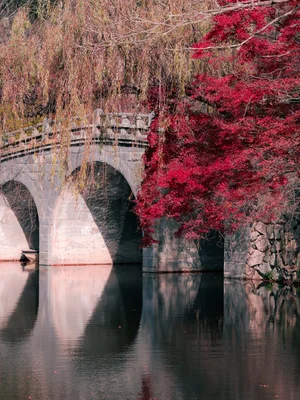Lotus Kingdom - At Your Own Pace...
Starting at: $1,220.00
per personmore
group
Limited Spots Available
Spots Left: 19
groups
Maximum Group Size
23
fitness_center
Fitness Level
Moderate
schedule
Duration (Nights/Days)
7 night, 8 day
flight_land
Arrival ~ Departure
Wed, Aug 5, 26 ~ Wed, Aug 12, 26
timer
Time left until the start
eventTime's up!
luggage What's included
check_circle Included
check
entrance fee
check
transfers as in daily schedule
check
breakfasts, if selected accommodation with breakfasts (BB)
check
accommodation in accordance with your selection
check
only meals explicitly specified in the daily program
check
licensed guide
cancel Not Included
close
personal expenses and all other expenses not specified explicitly in the program
star What Our Guests are Saying
explore Experience on This Tour
Group transfers included
Our drivers with name signs will meet (and see off) any flight on your arrival day (or earlier!) and on the tour’s final day (or later!).
→ Arrive and depart when it’s convenient for you — transfers are included and everything’s arranged.
Hands-on experiences
You won’t just see Korea — you’ll live it with your hands, ears, taste, and heart
Possibility to book additional nights before or after the tour in the same hotels (subject to availability)
Convenience and flexibility in planning your trip.
Authentic cuisine, no searching
In places where finding or choosing the right restaurant isn’t easy, we’ve already arranged trusted lunches for you. You'll be able to experience authentic Korean cuisine without the risk of eating anything too spicy.
Half a day of free time in Busan.
Use this time to explore the city at your own pace, discovering local attractions, magical shopping or simply enjoying the beach.
Licensed Guide Only
Sure, you can follow influencers — but only licensed guides in Korea are allowed to legally accompany tourists. That means better access, fewer risks, and no awkward surprises during your trip
Experiences
Hwasun-gun
keyboard_arrow_down
Seosan
keyboard_arrow_down
Suncheon
keyboard_arrow_down
Yesan-gun
keyboard_arrow_down
Base Hotels
Prices guaranteed upon booking. Program confirmation within 48 hours, subject to availability.
Novotel Ambassador Seoul Dongdaemun Hotels & Residences
Seoul
*****
Travelodge Dongdaemun Seoul
Seoul
***
Best Western Plus Jeonju
Jeonju
****
L7 Haeundae
Busan
****
Toyoko Inn Busan Haeundae 2
Busan
**
Brief price table.
Pax per Room:
1
Price per person
$1,805.00
Agent Price
$1,805.00
Pax per Room:
2
Price per person
$1,220.00
Agent Price
$1,220.00
Pax per Room:
3
Price per person
$1,190.00
Agent Price
$1,190.00
More Cultural Experiences
These experiences can be added to your tour. Note: some excursions are paired for logistics and must be ordered together.
Combine or Customize Your Journey
Choose a lighter or fuller version, or extend your trip with these complementary tours.
Frequently asked questions
Where should I exchange currency in South Korea?
expand_moreIs all Korean food spicy?
expand_moreHow much money should I exchange for daily expenses in South Korea?
expand_moreWhat to do with unused Korean currency?
expand_moreWhat currency should I take with me?
expand_more